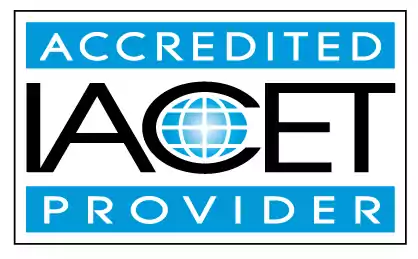Describe the difference between unintentional injuries and nonfatal injuries children can experience.
Learn the difference between unintentional injuries and nonfatal injuries children can experience, and discover effective ways to interact with parents that create a positive experience for both the parents and their children. Explore valuable insights in early childhood education and child care centers.Trainings incorporating this outcome
CDA Subject Areas
Proficiency Level
Target Audience
States
Alabama (7) Alaska (7) Alberta (7) Arizona (7) Arkansas (5) Australia (7) California (7) Colorado (7) Connecticut (7) Delaware (7) District of Columbia (7) Florida (7) Georgia (7) Hawaii (7) Idaho (7) Illinois (6) Indiana (7) Iowa (7) Jamaica (6) Kansas (7) Kentucky (5) Louisiana (7) Maine (7) Manitoba (6) Maryland (7) Massachusetts (7) Michigan (7) Minnesota (7) Mississippi (7) Missouri (6) Montana (7) Nebraska (7) Nevada (6) New Hampshire (7) New Jersey (5) New Mexico (7) New York (4) Newfoundland and Labrador (7) North Carolina (6) North Dakota (7) Nova Scotia (6) Ohio (7) Oklahoma (7) Ontario (5) Oregon (7) Pennsylvania (7) Prince Edward Island (6) Puerto Rico (7) Quebec (6) Rhode Island (7) Saskatchewan (7) South Carolina (5) South Dakota (7) Tennessee (5) Texas (7) Thailand (6) United Kingdom (6) Utah (7) Vermont (7) Virgin Islands (6) Virginia (7) Washington (7) West Virginia (7) Wisconsin (7) Wyoming (6)
120 hours courses
45 hours courses
5 hours courses
4 hours courses
3 hours courses
Related Outcomes
- Distinguish how to adapt arts and crafts for younger children and children with different abilities.
- Describe the stages of grief and the different ways children react to grief and stress.
- Describe strategies to support school age childrens language and literacy skills.
- Participants will be able to identify resources to help children discover, learn, and experience in a natural play environment.
- Explain the possible causes and results of traumatic brain injury in infants and young children.
- Describe how materials, equipment, environment, and staff meet the individual needs for children
- Define active play in the early childhood classroom and describe its benefits for young children.
- Identify appropriate practices for identify and demonstrate an children: Identify examples of appropriate activities for different ages
- Identify different types of play in children ages 2 to 5.
- Identify resources to help children discover, learn, and experience in a natural play environment.
- Describe strategies to support the development of mathematical skills in school age children.
- Identify different learning styles of young children
- Describe the rights of children and families and their relation to home visiting.
Related Articles
- Traumatic Brain Injuries in Infants and Young Children
- Injury Prevention Trainings
- Their Safety Is In Your Hands
- Maryland! Get your First Aid and CPR certification!
- Child care education
- Building a Comprehensive First Aid Kit and Knowing How to Use It
- Common Childhood Emergencies and How to Handle Them: A First Aid Primer
- A comedic article about using playful scenarios to teach kids basic first aid skills
- The #1 Mistake Childcare Providers Make (And How to Fix It!)
- Basic Health and Safety Training for Child Care Providers
- Abuse and Neglect Training: The Essential Guide for Childcare Providers
- Basic Health and Safety Training: Essential Skills Every Preschool Teacher Needs
- When Seconds Count: Real-Life Cases Where Health & Safety Training Saved Lives
- ⚠️🤝 How Can I Tell the Difference Between Bullying and Normal Conflict?
 12 CEUs
12 CEUs